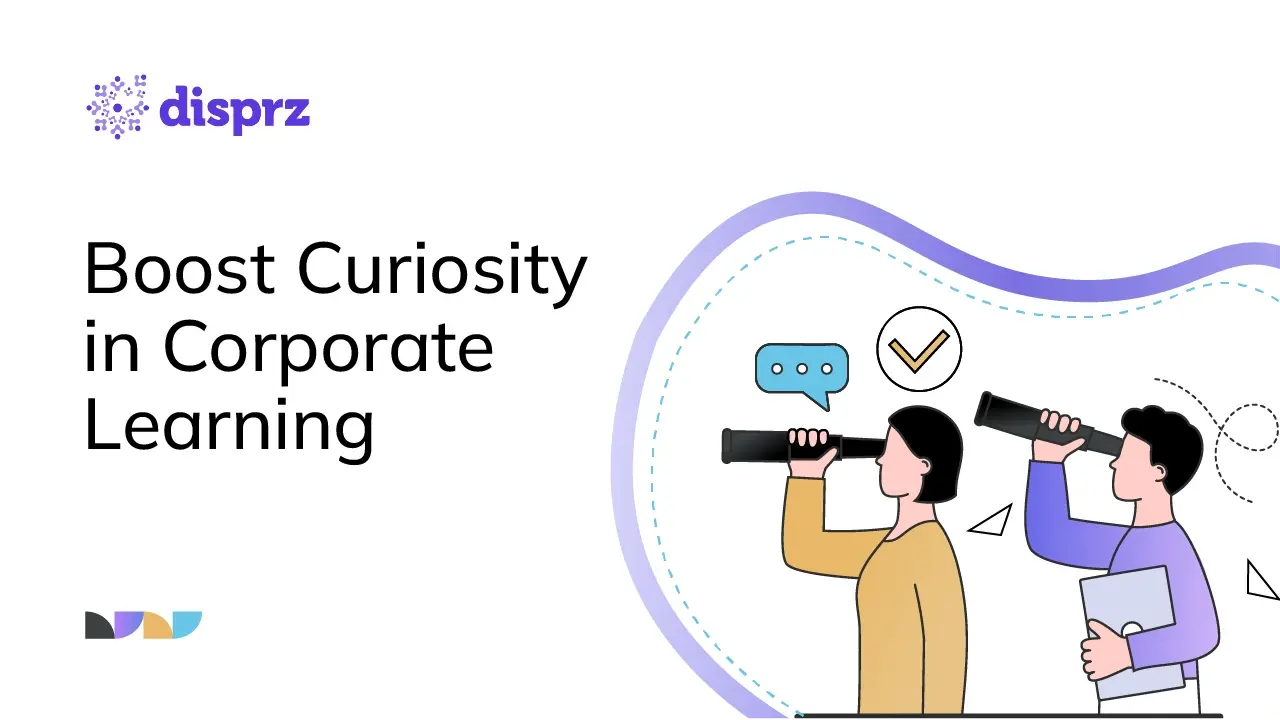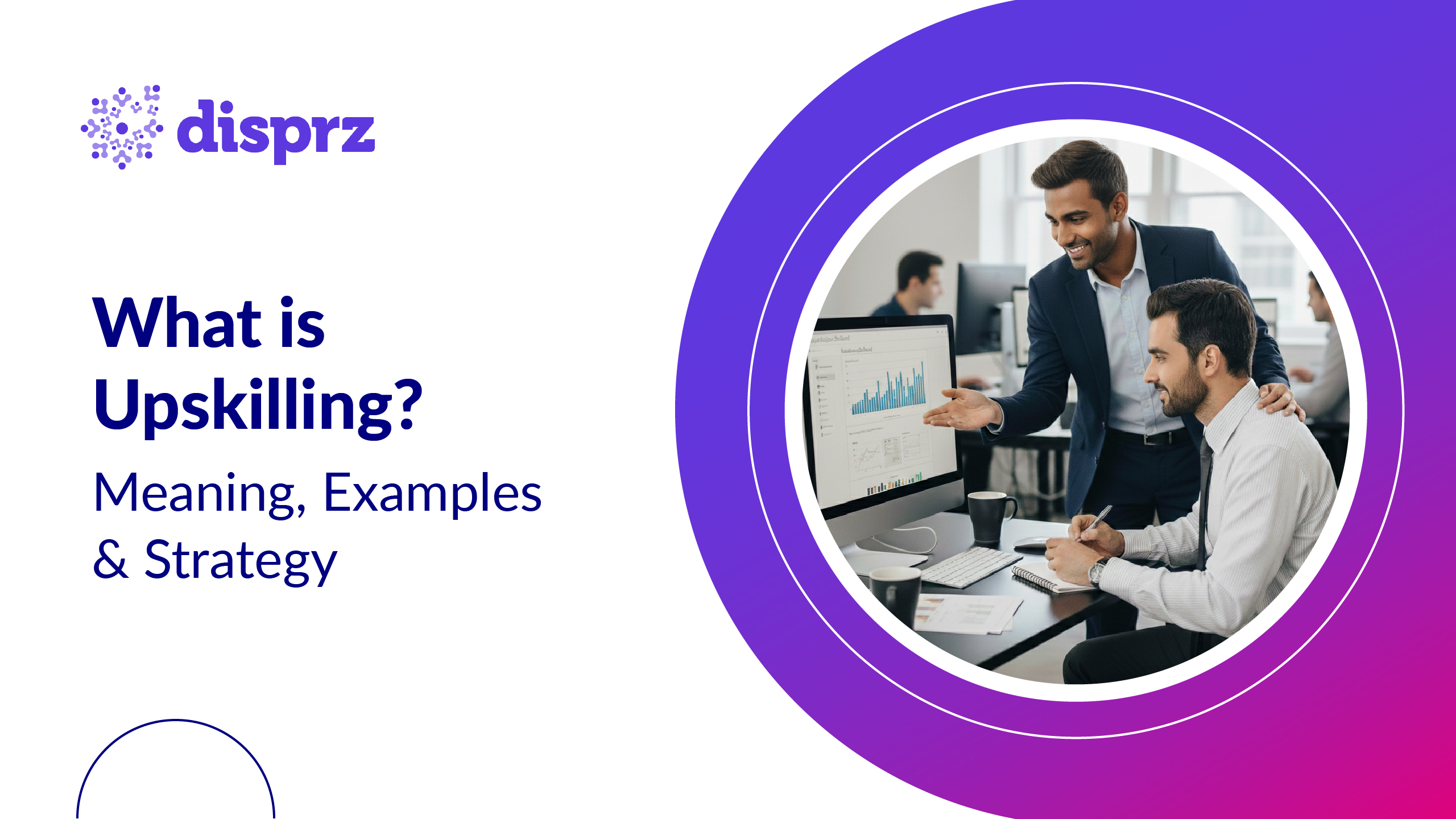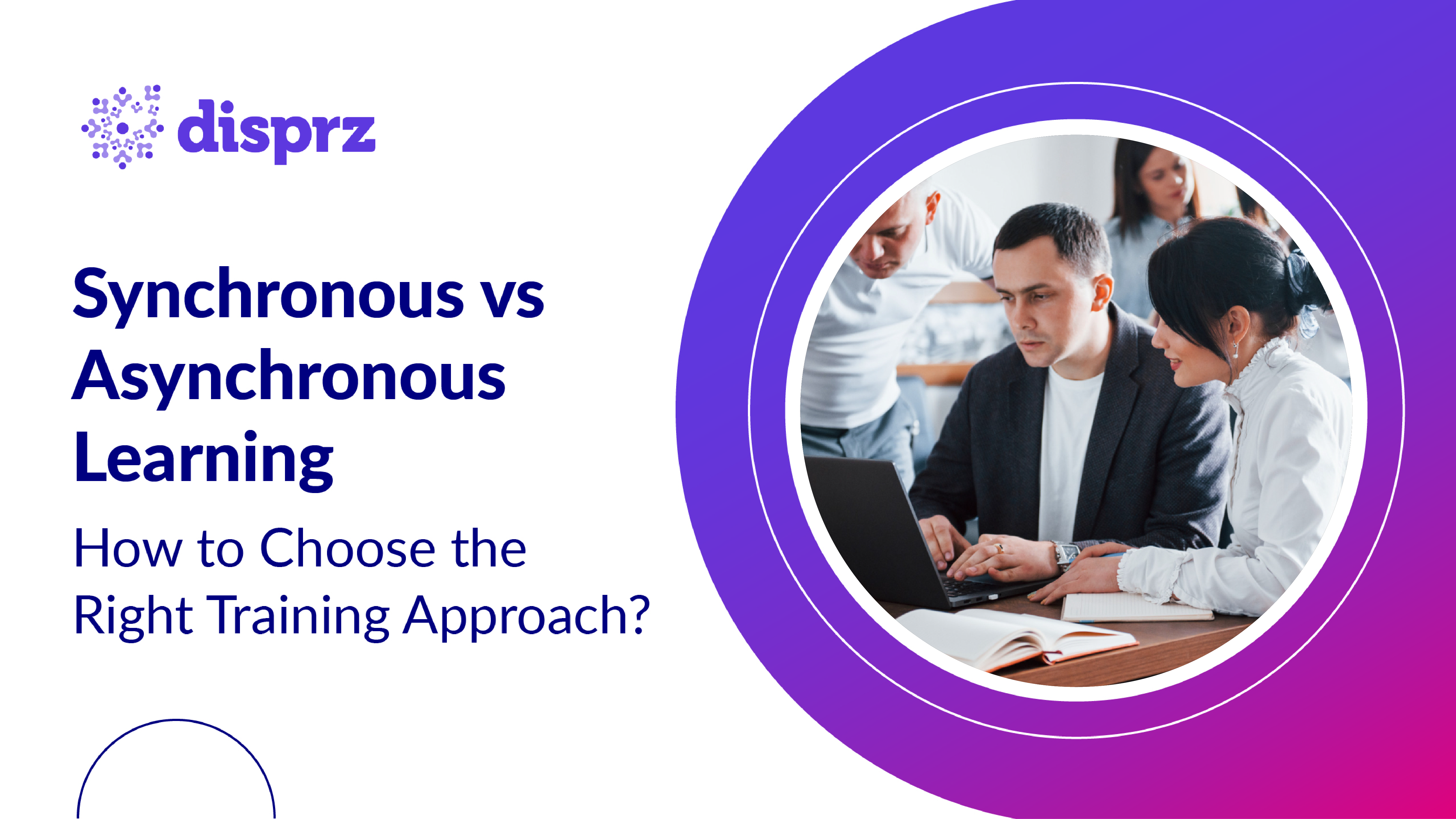Introduction to the Need for Cognition in Corporate Learning
The need for cognition (NFC) is a personality trait that reflects an individual’s inclination to engage in and enjoy mental tasks such as problem-solving, critical thinking, and complex reasoning. First explored by Arthur Cohen in the 1950s and later expanded by John Cacioppo and Richard Petty, NFC emphasizes a person's motivation to think rather than their cognitive ability. It is typically assessed through a self-administered questionnaire, with the modern version consisting of 18 questions that measure an individual's preference for effortful cognitive activities.
Understanding varying NFC levels within an organization is essential for designing effective learning strategies. Some individuals thrive on deep, reflective content that allows for critical analysis, while others prefer faster-paced, more dynamic learning experiences. Aligning training content with these preferences ensures a more personalized and impactful learning journey, enhancing overall engagement and development.
8 Types of Curiosity in the Workplace
Instead of highlighting the urge for deep thinking, the idea of curiosity examines what drives humans, uniquely among species, to explore and uncover new things.

The 8 different types of curiosity at workplace are:
1) Diversive curiosity
Diversive curiosity refers to a short-lived urge to seek out new and interesting things. It fuels behaviors like endlessly scrolling through Twitter, skimming through magazines, or clicking on headlines, but it doesn't lead to any meaningful or in-depth exploration.
2) Epistemic curiosity
-
This is the most valuable form of curiosity and the one we should strive to foster in ourselves and our learners. Epistemic curiosity involves moving beyond a basic desire for novelty to a focused effort to gain knowledge and understanding.
-
It represents the maturation of diversive curiosity into a more intentional quest for deeper insight.
3) Empathic curiosity
-
Empathic curiosity refers to an interest in understanding the thoughts and emotions of others.
-
It encourages us to genuinely connect with someone by seeing the world from their perspective and imagining what they are experiencing.
4) Aesthetic Curiosity
-
Aesthetic curiosity is driven by the urge to experience beauty and artistic expression. It motivates individuals to seek out and appreciate art, and pursue enjoyable, visually pleasing experiences.
-
This form of curiosity can manifest in various ways, such as admiring artwork, exploring new and captivating experiences, or immersing oneself in the beauty of nature.
5) Religious Curiosity
-
Religious curiosity arises from a drive to understand and explore spiritual or religious beliefs and practices. It encourages individuals to reflect on matters of faith and seek meaningful spiritual experiences.
-
This type of curiosity can be seen in various forms, such as studying the history and doctrines of a specific religion, inquiring about different faiths and belief systems, or engaging in spiritual practices and experiences.
6) Practical Curiosity
-
Practical curiosity is driven by the urge to acquire skills or knowledge that can be applied to everyday tasks. It often centers around problem-solving and finding practical solutions.
-
Instances of practical curiosity include picking up a new hobby, researching how to repair something, or exploring the best products or services to meet a specific need.
7) Existential Curiosity
-
Existential curiosity is driven by the desire to understand life’s meaning and purpose. It often revolves around profound questions concerning existence and the nature of reality.
-
Examples of existential curiosity include contemplating life’s purpose, seeking answers about the nature of reality, and exploring philosophical or spiritual concepts.
8) Sensational Curiosity
-
Sensory curiosity arises from the desire to explore and understand sensory experiences, including taste, touch, and smell. It often centers around sensory perception and the exploration of the surrounding world.
-
Examples of sensory curiosity include trying out different foods and flavors, using the senses to engage with unfamiliar environments, and experimenting with sensory-based activities like sensory deprivation or virtual reality.
Understanding the Need for Cognition Scale in Employee Development
NFC is a psychological trait that reflects how much a person enjoys engaging in mentally demanding activities like solving puzzles, tackling complex problems, or understanding intricate concepts. According to the American Psychological Association (APA), NFC primarily represents a person's motivation to engage in cognitive tasks rather than their actual ability. People with a high NFC tend to form opinions or take actions based on careful consideration of information.
Recognizing the varying levels of Need for Cognition in your workforce is crucial for aligning learning strategies with individual preferences. Some employees will appreciate content that allows them to reflect and evaluate, while others may prefer faster-paced learning. Understanding these distinctions will help to meet diverse cognitive needs and support different information processing styles.
Curiosity and Corporate Learning: Enhancing Employee Engagement
-
Curiosity is a powerful driver in corporate learning, fueling employees' desire to explore, learn, and grow. In a workplace setting, fostering curiosity can lead to greater employee engagement, innovation, and skill development. By encouraging a culture where questions are valued and exploration is promoted, organizations can motivate employees to take ownership of their learning journeys.
-
Incorporating curiosity into learning programs, such as offering diverse and challenging content, promoting problem-solving activities, and supporting open-ended exploration, keeps employees engaged. This leads to a workforce that is not only more skilled but also more adaptive and innovative, creating a dynamic learning environment that aligns with business goals. Nurturing curiosity boosts morale and enhances the overall learning experience, making it a key factor in employee development and retention.
7 Strategies to Foster Curiosity Among Corporate Employees

1) Encourage Questions and Open Dialogue
Create a work environment where employees feel comfortable asking questions and exploring new ideas. Regularly hold brainstorming sessions or "ask me anything" meetings to promote curiosity and specific curiosity about various topics.
2) Offer Diverse Learning Opportunities
Provide a variety of learning resources, such as online courses, workshops, podcasts, and peer-to-peer learning platforms. This variety caters to different interests and learning styles, encouraging exploration and supporting openness to experience.
3) Promote Problem-Solving Challenges
Incorporate real-world problem-solving activities and simulations that require employees to think critically and innovatively. This approach stimulates learner curiosity and deeper engagement.
4) Allow Time for Exploration
Allocate time for employees to explore new topics or skills outside their immediate job functions. Companies like Google implement policies that encourage innovation through curiosity-driven projects, fostering intrinsic motivation.
5) Recognize and Reward Curiosity
Celebrate employees who show initiative by asking questions, experimenting with new methods, or discovering new solutions. Offering recognition or rewards for curiosity-driven achievements boosts motivation.
6) Leverage Technology and AI Tools
Use AI-driven learning platforms that adapt to individual preferences and recommend personalized content, encouraging continuous learning and curiosity. These tools can support various cognitive styles and accommodate different levels of need for cognition.
7) Support Cross-Department Collaboration
Enable employees to work across departments or teams, exposing them to new perspectives and challenges that stimulate curiosity and learning.
Nurturing Cognitive Engagement for a High-Performing Workforce
Fostering cognitive engagement through curiosity and an understanding of diverse learning preferences is crucial for developing a high-performing workforce. By harnessing employees' innate desire to explore, solve problems, and acquire knowledge, organizations can create dynamic learning platforms that fuel both individual and business growth. Encouraging various forms of curiosity whether diverse, epistemic, or empathic helps cultivate a culture of continuous learning and discovery.
When combined with customized training programs that cater to different cognitive needs, employees are empowered to adapt, innovate, and evolve. This holistic approach not only enhances engagement but also builds a more capable, resilient, and future-ready workforce, positioning the organization for sustained success in an ever-changing landscape.








